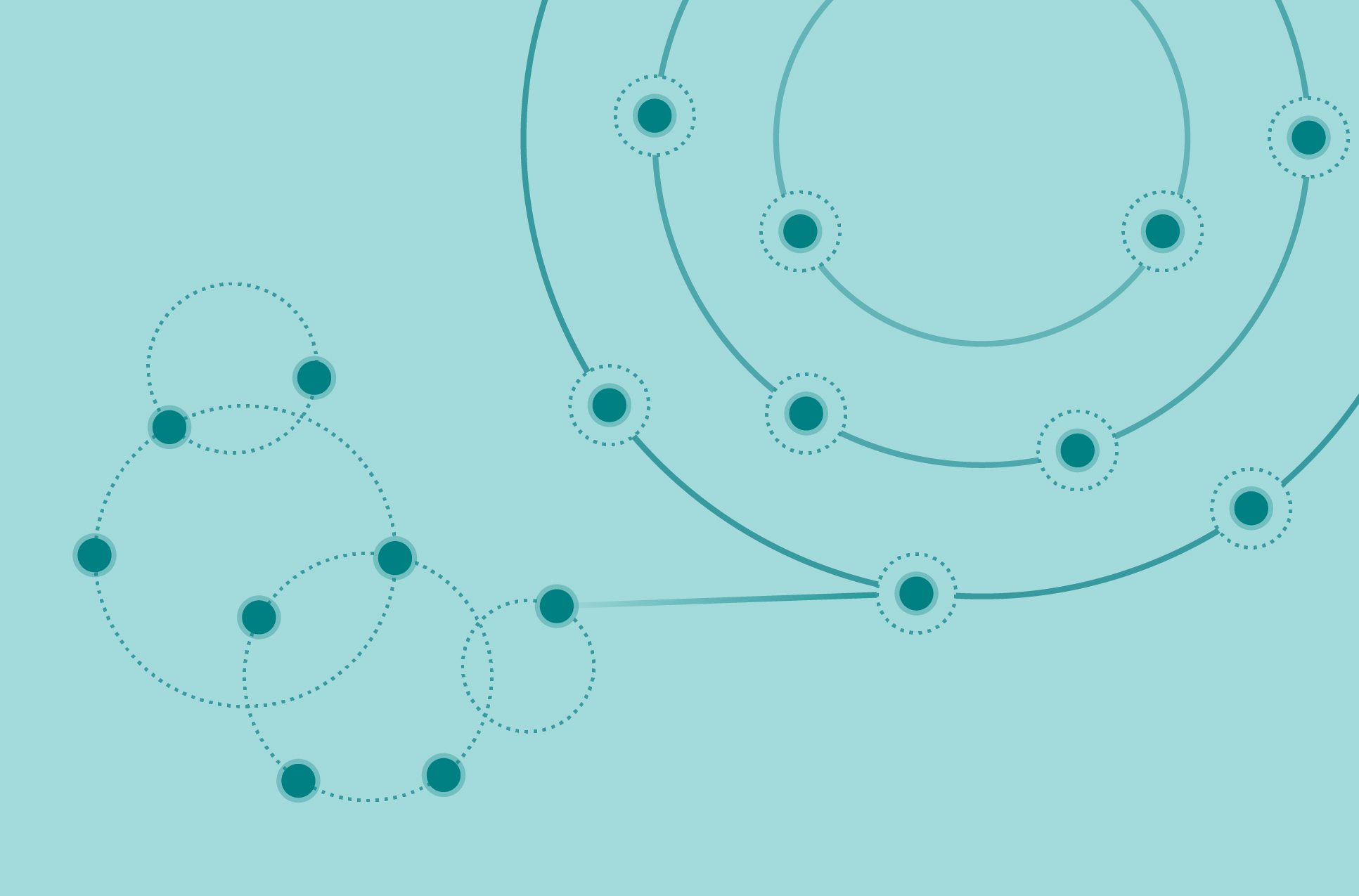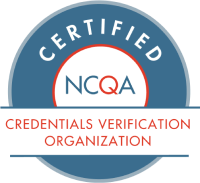In recent years, technology has transformed the patient side of healthcare with advances such as Electronic Medical Records. Even though healthcare accounts for more than a sixth of the economy, most healthcare IT (HIT) developments have focused on the front end of healthcare— systems that are used by patients and providers. There has been relatively little innovation in healthcare administration, despite its massive—and increasing—costs.
Increasing Administrative Demand Significantly Increase Costs
When compared to other countries, the U.S. is spending significantly more of its healthcare budget on administrative costs. Some of the major contributing factors to administrative inefficiency include the following:
- Each state has its own set of unique compliance standards, and the number of legal regulations imposed on healthcare organizations is increasing overall. Together, these factors demand more documentation of clearly demonstrated compliance. Since many documents are not yet digitized, this task can require a lot of time-consuming paperwork.
- Administrators must navigate many different systems of payment on both the provider and payer ends.
- When individuals switch insurance plans—a common occurrence— administrators must expend effort to coordinate care and facilitate a smooth transition for patients.
- Since a lot of administrative tasks are still performed manually, human errors are common. Resolving these errors requires additional labor-intensive work.
Fortunately, many of these problems can be addressed through automation and HIT innovation.
How Technology Helps—Some Examples
Just as HIT innovations have made it possible for patients to review blood test results online, so too can technology address the manual administrative work that contributes to administrative bloat. Several innovators in the space are already working to improve administrative efficiency, including Zotec Partners, Valify and andros. Zotec Partners provides a platform that manages healthcare revenue cycle management services. Its software makes it easy for providers to handle billing, claims processing and documentation of compliance. New innovations enable the platform to be used across multiple specialties.
[cta id=”ec2″]
Every year, hospitals spend more than $50 billion researching purchased services. Valify’s platform eliminates the need to hire consultants to conduct this research. Instead, organizations can quickly find and compare purchased services across more than 1,200 categories and 500,000 vendors.
Payer and provider organizations alike are increasingly looking for tech-forward alternatives to legacy systems and processes that have done little for efficiency and cross system integration.
At andros, we’re transforming the credentialing process—one of the most onerous and manual tasks in healthcare today. Our credentials verification organization (CVO) platform automates primary source verification and optimizes the credentialing workflow to reduce tedious and time-consuming manual work.
While the administrative costs of healthcare have skyrocketed, HIT innovators are helping reduce the amount of work—and cost—to the industry and, ultimately, to members.
What This Means, In Brief
In general, payer and provider organizations alike are increasingly looking for tech-forward alternatives to legacy systems and processes that have done little for efficiency and cross-system integration.
They are now more willing to outsource key processes that fall outside of their expertise of providing healthcare services. Depending on the IT problem, “outsourcing” means enlisting outside services, technology or both. It makes sense: Starbucks doesn’t create its own point-of-sale system. Instead it focuses on the coffee experience.
Companies will need to decide between best-of-breed targeted solutions and less expensive nontargeted options:
- Best-of-breed solutions will fulfill specific functions and will likely be more expensive. Though companies will need to implement multiple solutions, buying best-of-breed solutions will result in reliability, service and seamless integration with other technology for one harmonious system.
- Nontargeted solutions offer multiple components to address more than one need, will be initially less expensive and require fewer integrations. They will likely also come with trade-offs. It’s possible one component is good but another piece of the overall package may not address every requirement. This can lead to buyer’s remorse and added expense down the road.



